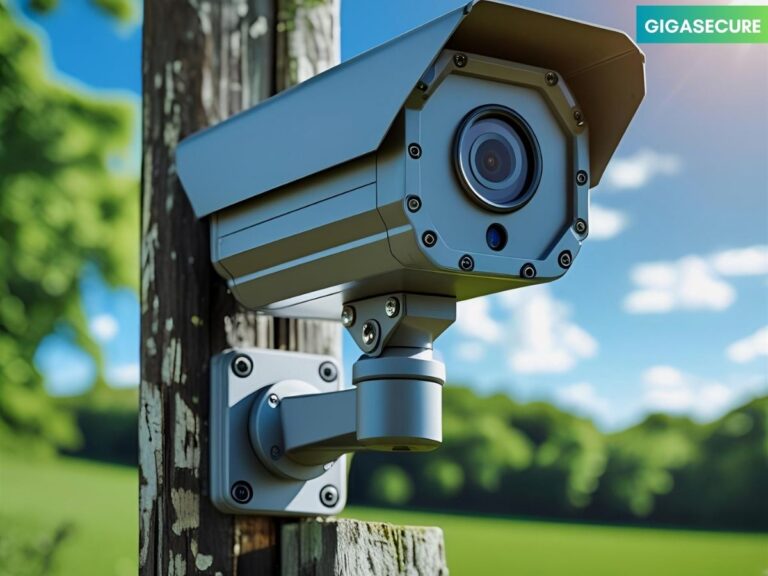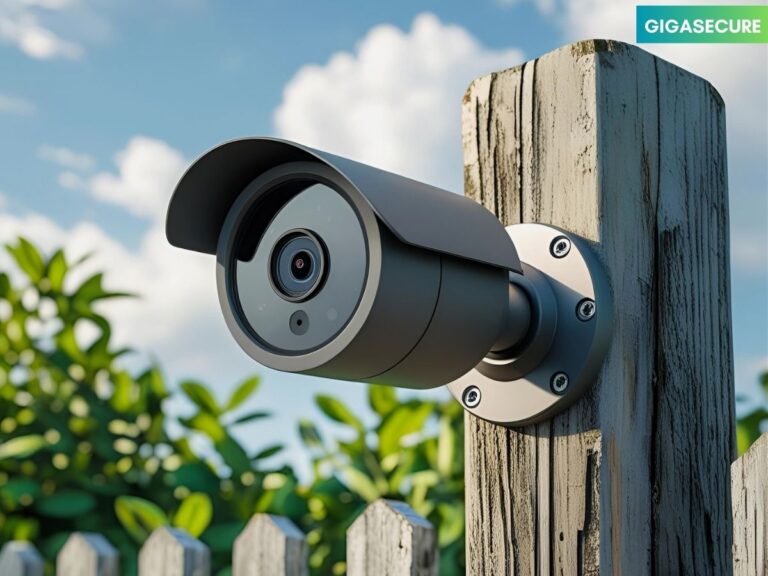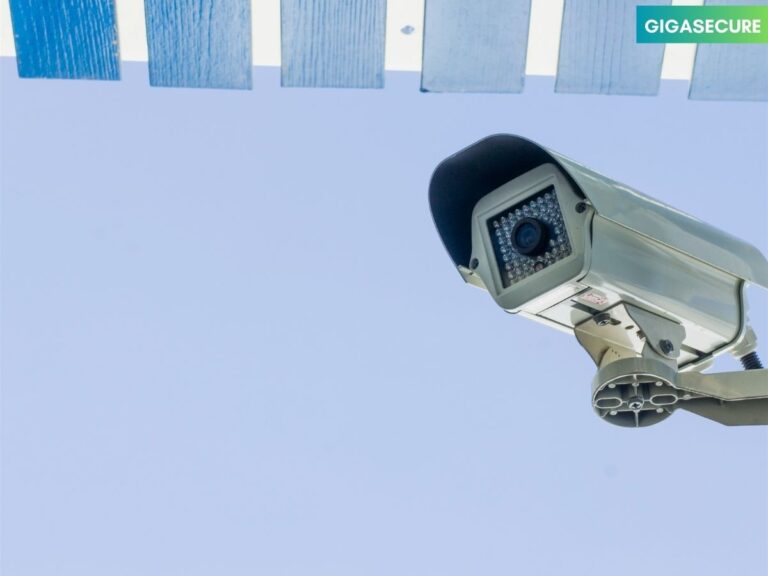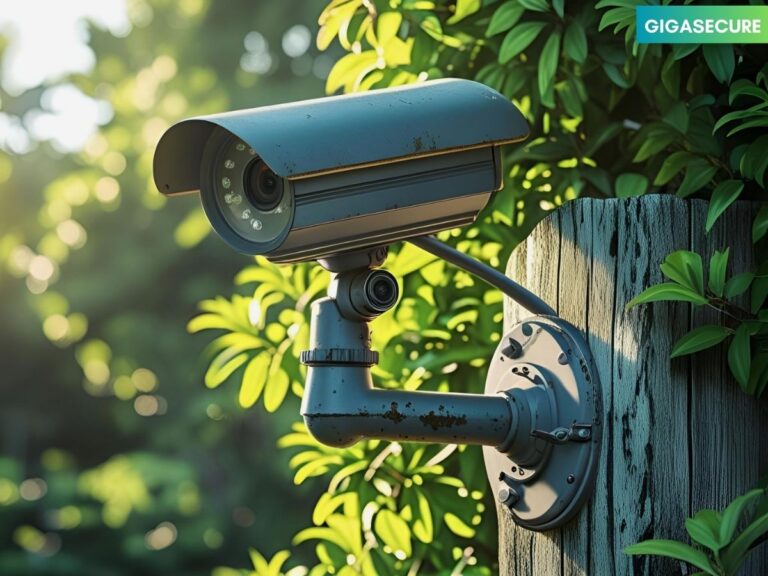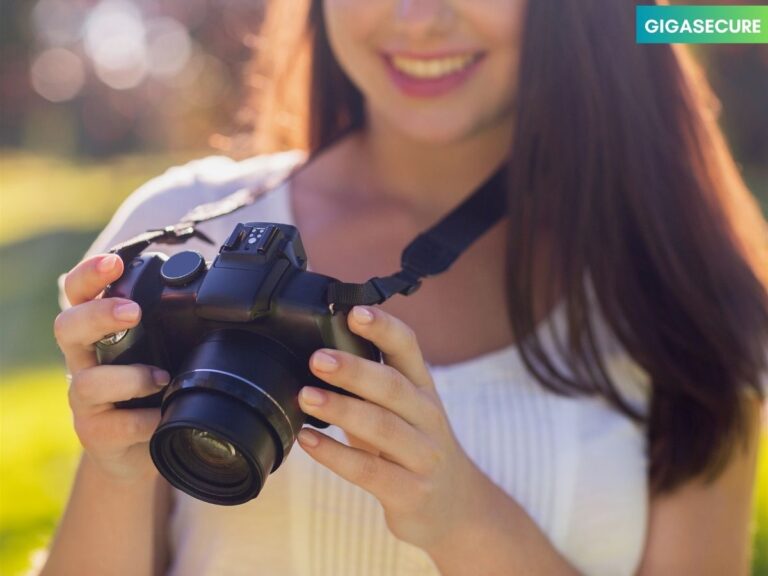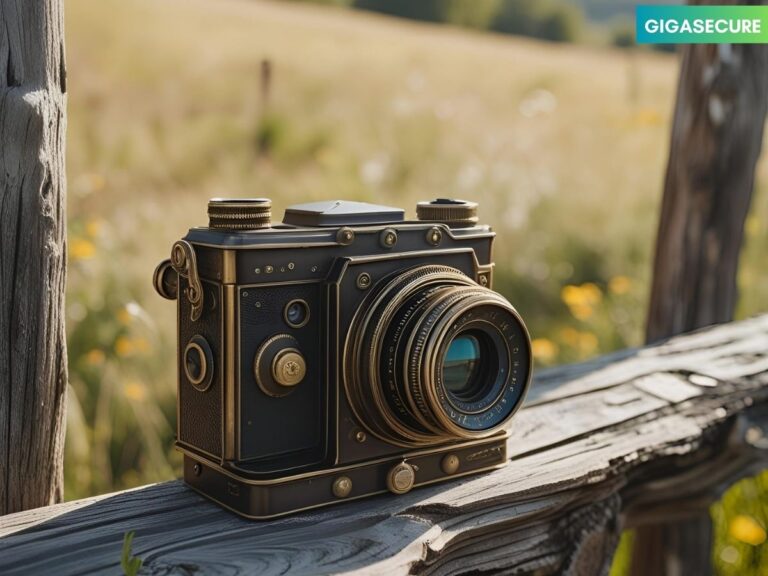Motion Detection Tips for Outdoor Camera Accuracy
As a homeowner, I’ve always worried about my property’s safety. Installing outdoor security cameras is a great way to keep it safe. But, their success depends a lot on motion detection accuracy.
With the right settings, you can maximize your camera’s accuracy. This makes your home safer. In this article, I’ll share my top tips for better outdoor camera accuracy. These tips will help you get the best out of your security cameras.
Key Takeaways
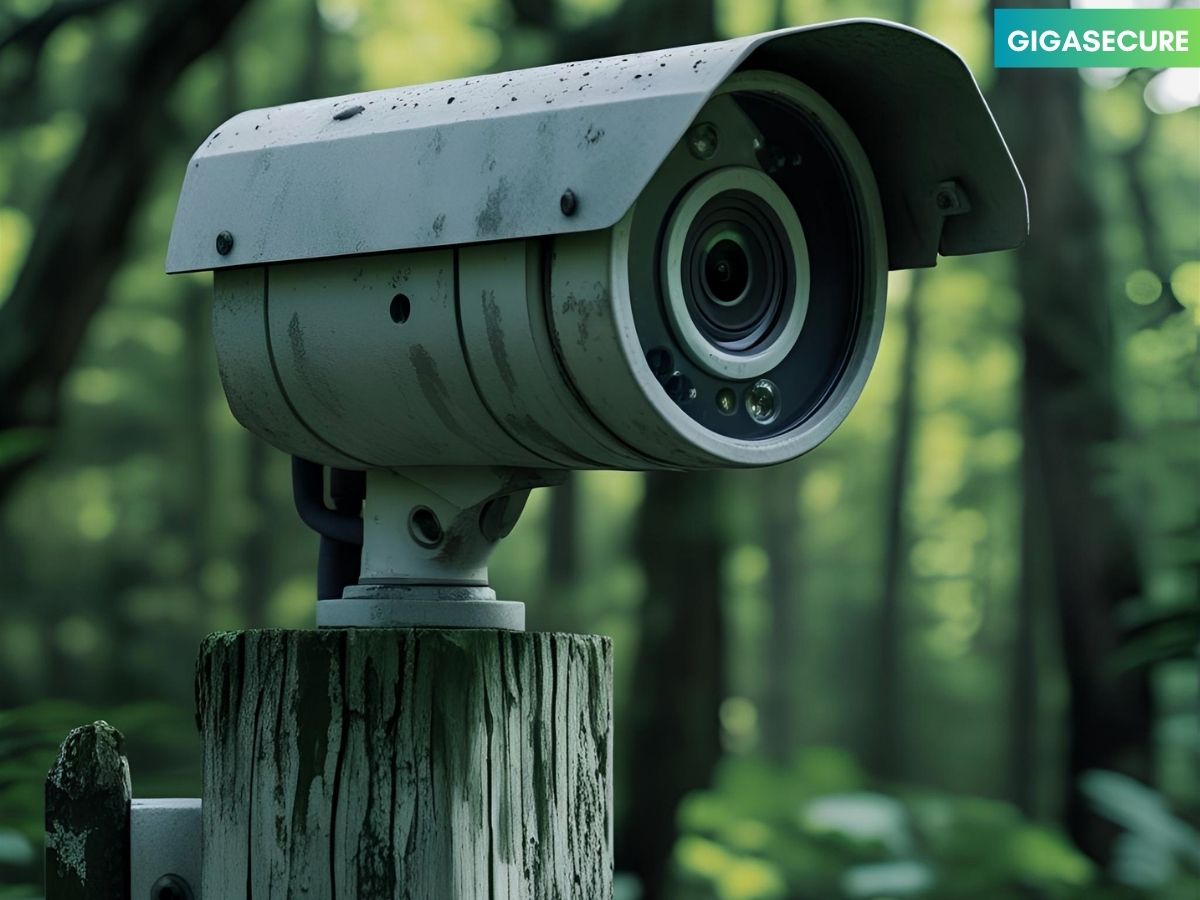
Understanding Outdoor Camera Motion Detection Technology
To get the most out of your outdoor camera, knowing how motion detection works is key. This feature is vital for catching and alerting you to any security risks.

There are several ways cameras detect motion, each with its own benefits and drawbacks. Learning about these technologies is important for better motion detection.
How PIR, Microwave, and Video-Based Detection Work
Outdoor cameras use PIR, microwave, and video-based detection to spot motion. PIR sensors watch for changes in infrared radiation from moving objects.
Microwave sensors send out waves and detect changes when something moves. Video-based detection looks at the video feed to find motion.
| Detection Method | Description | Advantages |
|---|---|---|
| PIR | Detects changes in infrared radiation | Low power consumption, cost-effective |
| Microwave | Emits microwave radiation and detects changes | Can detect motion through obstacles, more accurate in certain conditions |
| Video-Based | Analyzes video feed to identify motion | High accuracy, can be customized with advanced analytics |
The Science Behind False Alarms and Missed Events
False alarms and missed events are common with outdoor camera motion detection. Tweaking your camera’s settings can help reduce these issues. Things like weather, wildlife, and camera settings can cause false alarms and missed events.
“Properly configuring motion detection settings is key to cutting down on false alerts and making sure the camera catches important events.”
Security Expert
By knowing what causes false alarms and adjusting your camera settings, you can make your outdoor camera more effective at detecting motion.

Common Challenges Affecting Outdoor Motion Detection
Outdoor cameras face many challenges that can mess up their motion detection. Knowing these issues is key to making your outdoor camera work better. This ensures it catches motion accurately.
Weather-Related Interference: Rain, Snow, and Wind
Weather like rain, snow, and wind can really mess with outdoor motion detection. Heavy rain or snow can cause the camera to send out false alerts. Strong winds can also trigger alerts because of swaying trees or debris.
To deal with these problems, I suggest tweaking the camera’s sensitivity when the weather is bad. For example, lowering the sensitivity can cut down on false alarms from rain or snow. Also, placing the camera where it won’t get hit by harsh weather can help it work better.
Wildlife and Natural Movement Triggers
Wildlife and natural movements, like animals or swaying plants, can also set off false alerts. To fix this, you need to adjust the camera’s detection area and sensitivity. This helps it tell apart important and unimportant movements.
Setting the camera to ignore certain spots or only detect specific types of motion, like people, can really cut down on false alerts. This makes the camera more accurate.
Distance and Range Limitations in Outdoor Settings
The distance and range of outdoor cameras can also impact their motion detection. Cameras with a short range might miss motion that’s far away. To get the most out of your camera, think about its range and where you place it.

By understanding these common problems and using the right solutions, like adjusting sensitivity and setting up detection zones, you can make your outdoor camera’s motion detection much better.
Strategic Camera Placement for Optimal Motion Detection
Placing your camera in the right spot can really boost its motion detection. To get the best results, think about a few key things. These things affect how well your outdoor security camera works.
Ideal Mounting Heights and Angles
Choosing the right height and angle for your camera is key. A height of 9-10 feet is often best. It’s high enough to see everything but hard for intruders to mess with.
Doorway and Entry Point Positioning
Putting your camera near doors and entry points is smart. It lets you see anyone coming to your house. “A well-placed camera can make a big difference in keeping your home safe,” experts say.
“The key to effective surveillance is not just the camera’s quality, but its placement.”
Security Expert
Perimeter Coverage Strategies
For full security, put cameras around your property’s edges. This lets you watch the area and spot any odd activity early. It’s smart to overlap camera areas to make sure you don’t miss anything.

Avoiding Problem Areas and Interference Sources
When setting up your camera, stay away from things that might mess with it. Direct sunlight can cause glare, and heavy rain or snow can block the view. Also, avoid trees or bushes that can move and trigger false alerts.
By picking the right spot and avoiding trouble spots, you can maximize outdoor camera accuracy. This makes your home safer and more secure.
Motion Detection Tips for Outdoor Camera Accuracy
To keep your home safe, it’s key to fine-tune your outdoor camera’s motion detection. You must adjust the settings based on your surroundings.

Sensitivity Adjustment Strategies for Different Environments
Changing your camera's sensitivity is vital to cut down on false alarms. In places with lots of plants or animals, lowering sensitivity can prevent too many alerts.
On the other hand, in areas needing extra security, you might want to up the sensitivity for better monitoring.
- Lower sensitivity in spots with lots of wind or animals.
- Boost sensitivity in areas with lots of people or security risks.
- Try out different sensitivity levels to find the best fit for your space.
Detection Zone Configuration and Customization
Setting up detection zones lets you focus on specific spots. This way, you can ignore motion that’s not important and only get alerts for what really matters.
- Figure out the areas you need to watch closely.
- Adjust the detection zones to cover these spots.
- Save your changes and test them out.
Timing and Interval Settings to Reduce False Positives
Choosing the right timing and intervals can help cut down on false alarms. By recording only during certain times or at set intervals, you can avoid unnecessary footage and alerts.
- Make your camera record at night if that’s when you’re most worried about security.
- Play with the interval settings to catch important motion without too many false alerts.
With these tips, you can make your outdoor camera’s motion detection much more accurate. This will help keep your home safer and more secure.
Environmental Adaptations to Improve Detection
As your home’s environment changes, so should your camera settings. To get the most out of your outdoor camera, adapting to these changes is key. This ensures your motion detection system works well.
Seasonal Adjustments for Your Camera Settings
Different seasons pose unique challenges for outdoor cameras. By adjusting your camera settings with the seasons, you can greatly improve how well it detects motion.
Winter vs. Summer Optimization Techniques
In winter, snow and fog can block your camera’s view. In summer, leaves and branches can cause false alarms. Changing your camera’s sensitivity and focus with the seasons can solve these problems.
Day/Night Transition Handling
The switch from day to night (and back) can mess with your camera’s motion detection. Make sure your camera has good night vision. Also, adjust its settings for both day and night to improve accuracy.
Managing Vegetation and Moving Objects in Your Yard
Leaves and branches can set off false alarms. Keep your yard tidy by trimming trees and bushes. Also, adjust your camera’s detection zone to cut down on these false alarms.

| Season | Camera Adjustment | Benefit |
|---|---|---|
| Winter | Reduce sensitivity | Minimize false alarms from snow |
| Summer | Adjust detection zone | Reduce false triggers from foliage |
| Day/Night | Enable night vision | Improve detection at night |
By making these environmental adjustments, you can greatly boost your outdoor camera’s motion detection. This keeps your home safe all year round.
Leveraging Advanced Motion Detection Features
To get the most out of your outdoor camera, use its advanced motion detection features. These features make your camera more accurate and reliable. They give you precise alerts and keep your home safer.
“The future of security cameras lies in their ability to intelligently detect and alert homeowners to possible threats,” a security expert notes. Advanced motion detection is key to this.
Person Detection vs. General Motion Detection
Person detection is a top feature. It tells the difference between people and other moving things, like animals or trees. This cuts down on false alarms and makes sure you only get alerts when it matters.
General motion detection alerts you to any movement. It’s useful but can cause more false alarms. Upgrading to person detection lets you improve motion detection sensitivity and have a more accurate system.

Vehicle and Package Recognition Benefits
Some outdoor cameras can recognize vehicles and packages. These features send specific alerts when they detect a vehicle or package. This makes your security system even better.
For example, vehicle recognition alerts you to a car in your driveway. Package recognition tells you when a delivery arrives.
These features are great for enhancing outdoor camera motion detection and giving you more details about what’s happening around your home.
Smart Home Integrations to Enhance Accuracy
Connecting your outdoor camera with smart home systems can tips for accurate motion detection.
It lets you create more complex security setups. For instance, you can link your camera with other smart devices for a better security system.
By using these advanced features and integrations, you can make your outdoor camera work better. Enjoy a safer and more convenient home.
Troubleshooting Common Motion Detection Problems
Even with the right settings, outdoor cameras can face issues. Let’s look at how to fix these problems. Making sure your camera’s motion detection works well is key.
Fixing False Alerts and Missed Events
False alerts and missed events can lower your camera’s performance. It’s important to know why they happen.
Addressing Shadow and Reflection Issues
Shadows and reflections can cause false alerts. Changing the camera’s angle or sensitivity can help. As “Accurate motion detection requires a balanced approach to sensitivity and trigger settings.”
Solving Detection Blind Spots
Blind spots happen when the camera’s view is blocked. Make sure the camera has a clear view and adjust its detection zone.

Resolving Connectivity Issues Affecting Detection
Connectivity problems can mess with motion detection. Make sure your camera is connected to your network and your internet is stable. Also, check for firmware updates to improve your camera’s performance.
By tackling these common issues, you can make your outdoor security camera more accurate and effective. As experts say,
“Regular maintenance and adjustments to your camera’s settings are key to optimal performance.”
Maintenance Practices for Consistent Performance
Keeping your outdoor camera in good shape is key for it to work well. To keep your camera accurate, you need to follow some important steps.
Regular Cleaning and Inspection Routines
Cleaning and checking your outdoor camera often is a must. Dust and dirt can mess with its motion detection. Clean the lens and body with a soft cloth every few weeks. Do this more often if it’s in harsh weather.
Also, make sure the camera is securely mounted. Weather or animals might loosen it. Also, check that nothing blocks the camera’s view.
Key Inspection Points:
- Camera lens cleanliness
- Mounting security
- View obstruction
Software Updates and Their Impact on Motion Detection
Software updates are very important for your outdoor camera. They can make motion detection better, fix problems, and improve the camera’s overall performance. Always check for updates every few months to get the latest improvements.
| Update Type | Impact on Motion Detection |
|---|---|
| Algorithm Updates | Improve detection accuracy |
| Bug Fixes | Reduce false positives |
| Performance Enhancements | Enhance overall camera performance |
Battery Considerations for Wireless Outdoor Cameras
Battery life is very important for wireless outdoor cameras. To keep your camera working well, check the battery often. Replace or recharge it when needed. Some cameras alert you when the battery is low.
“A well-maintained camera is not just about the device itself, but also about ensuring it has the power it needs to operate effectively.” – Security Expert
By following these steps, you can make your outdoor camera’s motion detection better. Regular cleaning, software updates, and taking care of the battery are all important. They help your camera work its best.

FAQ Of Motion Detection Tips for Outdoor Camera Accuracy
How do I improve the accuracy of my outdoor security camera’s motion detection?
To boost your outdoor camera’s motion detection, tweak the sensitivity settings. Also, set up detection zones and adjust timing and intervals to cut down on false alerts. Make sure your camera is placed right, clean it often, and update its software.
What are some common challenges that affect outdoor motion detection, and how can I mitigate them?
Weather, wildlife, and distance can mess with outdoor motion detection. To tackle these, adjust your camera settings and use weather-proof cameras. Place your camera where it won’t get hit by wildlife or foliage.
How do I optimize my outdoor camera’s motion detection for different environments and seasons?
For different seasons, tweak your camera settings. Handle day/night changes and keep your yard clear. Use person and vehicle detection to get more accurate alerts.
What are the benefits of using advanced motion detection features like person detection and vehicle recognition?
Features like person and vehicle detection make your camera more accurate. They cut down on false alerts and give you specific alerts. Plus, they work well with smart home systems for better security.
How do I troubleshoot common motion detection problems like false alerts and missed events?
To fix motion detection issues, check your camera settings. Adjust sensitivity and detection zones. Also, watch out for shadows and reflections. Make sure your camera is connected and update its software.
What maintenance practices can I follow to ensure consistent motion detection performance?
For steady motion detection, clean and inspect your camera regularly. Update its software and manage battery life for wireless cameras. These steps keep your camera accurate and secure.
How can I maximize my outdoor camera’s accuracy using motion detection tips?
To get the most from your outdoor camera, adjust sensitivity and set up detection zones. Use the right timing and intervals. Place your camera wisely, use advanced features, and maintain it well for better accuracy.
Conclusion
To get the most out of your outdoor camera’s motion detection, you need to know how it works. You also need to place your camera right and tweak its settings. This article has given you tips to make your camera more accurate and keep your home safe.
For the best results, follow some key steps. Adjust the camera’s sensitivity, set up detection zones, and keep the area around your camera clear. This way, you’ll get fewer false alerts and catch the important stuff.
Using these tips will make your outdoor camera work better. It will help you feel safer at home or when watching over your property. A well-set-up camera is key to keeping your place secure.

